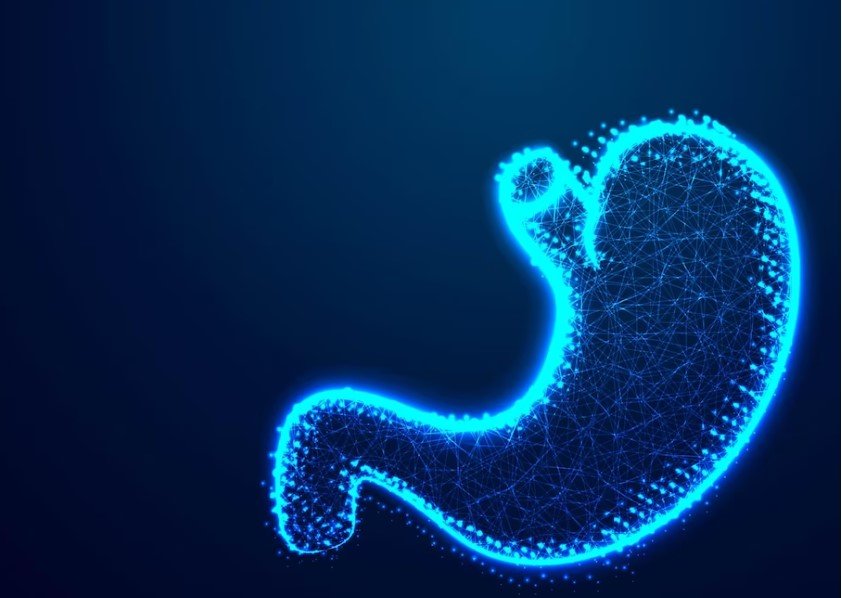
Gallstones - What is Cholelithiasis?
Bile, a secretion produced in the liver and transferred to the intestine, is essential for the absorption of fats and vitamins in the body. This secretion accumulates in the gallbladder, which is located at the bottom of the liver and resembles a bag. The gallbladder is an important organ for the health of the body, storing and concentrating bile and then passing it to the intestine.
Cholelithiasis is a medical condition in which hard, pebble-like deposits appear in an individual's gallbladder. It is also known as gallstones. These stones can be as small as a grain of sand or as large as an egg. The gallbladder is a small organ in the abdominal cavity of humans whose function is to store bile. When stones form in this organ, they can cause excruciating pain with jaundice. Since gallstones can cause serious complications, treatment is essential as soon as they are detected. There are two types of gallstones or cholelithiasis.
- Cholesterol Stones
The most common type, about 80 percent of all gallstones fall into this category. They are made of cholesterol and are yellow-green in color.
- Pigment Stones
Also called bilirubin stones, they are made of bilirubin and develop mostly during hemolysis (destruction of red blood cells). They are dark brown or black in color.
How does cholelithiasis occur?
The exact cause of cholelithiasis has not yet been established. Recent studies suggest that excess cholesterol in the blood may be responsible for the formation of cholesterol stones. When bile in the liver is unable to dissolve excess cholesterol, it turns into gallstones. Similarly, pigment stones develop as a result of an abundance of bilirubin in the body. Specific conditions, such as liver damage or blood disorders, cause the formation of excess bilirubin that the gallbladder cannot break down. It can cause hard, dark-colored pigment stones to develop inside the gallbladder
Who is prone to gallstones?
The risk of developing cholelithiasis is higher in the following cases:
- Age over 40.
- Those with a family history of gallstones.
- Organ transplant or bone marrow transplant recipients.
- DM (diabetes) patients.
- In the presence of liver cirrhosis.
- Those who have undergone bariatric surgery (obesity surgery) and have experienced excessive weight loss as a result.
- In the presence of medical conditions of blood diseases such as hemolytic anemia and sickle cell anemia.
What are the symptoms of cholelithiasis?
- Pain in the right side of the upper abdomen.
- Nausea and vomiting.
- Fire.
- Jaundice.
- Dark colored stools.
- Dark urine output.
- Diarrhea.
-White rust on the tongue
In some cases, when cholelithiasis does not produce any symptoms, it is known as “silent gallstone” or “asymptomatic cholelithiasis”. This condition is also known as biliary colic. In 80 percent of cases, gallstones remain asymptomatic. The patient is not aware of the condition until it is detected during routine health analysis.
How is the diagnosis made?
In the majority of cases, cholelithiasis is diagnosed during X-ray and ultrasound examination of the lower abdomen during a routine health examination. If he or she notices a yellow tint to the skin and eyes, diagnostic tests such as ultrasound examination, abdominal CT scan, radionuclide scan of the gallbladder and Endoscopic retrograde cholangiopancreatography (ERCP) may be performed. All these tests help confirm or exclude cholelithiasis in patients
What are the complications of cholelithiasis?
If left untreated for a long time, it can cause serious complications such as gallstones:
Acute Cholecystitis
Here, gallstones block the cystic duct that takes bile from the gallbladder into the intestine. This results in inflammation and infection in the abdomen, as well as severe uncomfortable pain. Approximately 1-3 percent of patients with gallstones may develop cholecystitis in the future. Other complications of cholelithiasis include sepsis (infection in the blood), gallbladder cancer, cholangitis (a disorder of the gallbladder), fever, chills, jaundice, abdominal pain and loss of appetite.
Is There Pain After Gallbladder Stones Surgery?
After laparoscopic surgery, there is a rapid recovery process. So much so that the patient can sit up in bed and walk 2-3 hours after surgery. Usually, the patient is sent home after a one-day rest period. However, it is normal to experience pain during this period. It can be overcome with painkillers recommended by the doctor.
Nutrition After Gallbladder Stones Surgery
The feeding phase can start 3 hours after surgery. Only watery foods are given during this period. The next day, a light breakfast can be served. However, fast food products, excessive fatty foods, fried foods, fried foods, nuts should be avoided until 2 months after the operation. Also, foods that cause gas can be disturbing during this period.


Contact
We are at your service 24/7
Error: Contact form not found.
Patient Satisfaction
Beautiful thoughts from all of you
If you're looking for car insurance, we will help you to find the You bring emendous value to company. We have generated more leads in the last

Farhan Smith Health Mentor
If you're looking for car insurance, we will help you to find the You bring emendous value to company. We have generated more leads in the last

Elwin Dawson Medical Specialist
If you're looking for car insurance, we will help you to find the You bring emendous value to company. We have generated more leads in the last

Poral Dawson Home Nurse
If you're looking for car insurance, we will help you to find the You bring emendous value to company. We have generated more leads in the last


